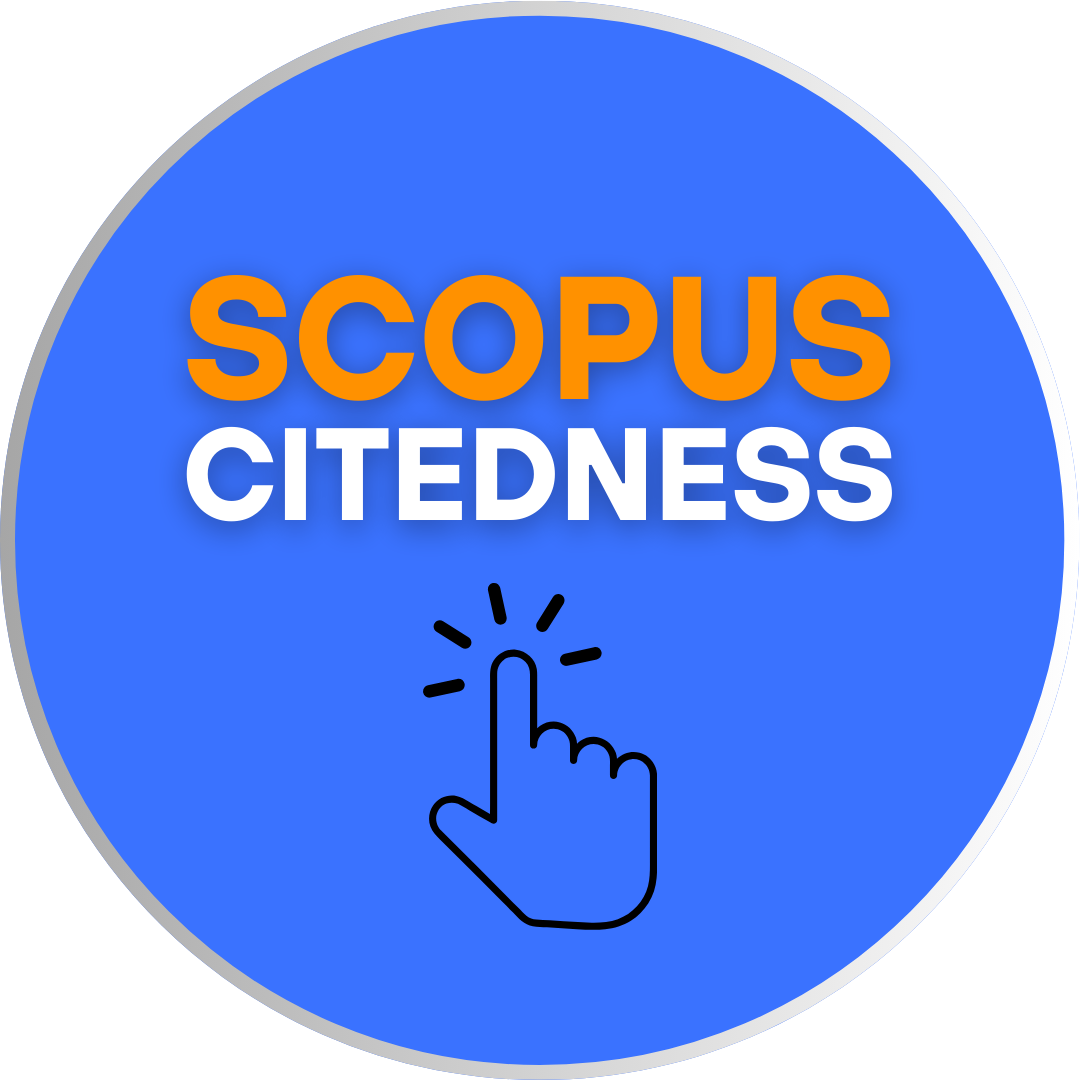EMPLOYING LOCAL WISDOM BASED SHORT STORIES FOR TEACHING ENGLISH AT ELEMENTARY SCHOOL
DOI:
https://doi.org/10.18592/let.v8i1.2194Keywords:
Short Stories, Local Wisdom, Elementary School, English for Young Learners, Community Service.Abstract
In the Indonesian educational system, The English as a foreign language has an important position (Fristiara, 2017). It a affects the number of people learning English that increases every year, beginning at younger and younger ages (Rokhayani, 2017). However, the process of teaching English in elementary schools becomes problematic today. According to the situation analysis, it was found that many elementary school teachers lack of ability and knowledge in teaching EYL especially in preparing the materials. In regard to the issue, this community service project was designed to upgrade the teachers' ability in designing English short stories book as their teaching material as well as teaching the stories in the classrooms. In addition, the teachers were also expected to be able to include local wisdom in their short stories. The project implementation falls into three phases as follows (1) collecting all short stories which contain local wisdom (2) translating the short stories, and (3) implementing the short stories in the classroom.References
Arikan, A. (2014). An Examination of Online Grammar Teaching Materials Available for Young Learners. Procedia - Social and Behavioral Sciences, 158, 18–22. https://doi.org/10.1016/j.sbspro.2014.12.026
Chang, Y. F. (2008). Parents’ attitudes toward the english education policy in Taiwan. Asia Pacific Education Review, 9(4), 423–435. https://doi.org/10.1007/BF03025660
Fristiara, C. (2017). Analyzing the Picture of EYL Textbook Through Multimodal Discourse Perspective. LET: Linguistics, Literature and English Teaching Journal, 7(2), 170–180.
Gimenez, T. (2009). English at Primary School Level in Brazil: Challenges and Perspectives. In U. R. Janet Enever, Jayne Moon (Ed.), Young Learner English Language Policy and Implementation: International Perspectives. Garnet Publishing Ltd. Retrieved from www.garneteducation.com
Johnson, A., & Johnson, A. (2009). The Rise of English : The Language of Globalization in China and the European Union The Rise of English : in China and the European Union, 22.
Loukia, N. (2006). The Reading Matrix Vol. 6, No. 1, April 2006. The Reading Matrix, 6(1), 25–40. Retrieved from http://www.readingmatrix.com/articles/ghabanchi-vosooghi/article.pdf
Menheere, a., & Hooge, E. a. (2010). Parental Involvement in Children’s Education: A Review Study about the Effect of Parental Involvement on Children’s School Education with a Focus on the Position of Illiterate Parents. Journal of Teacher Education Network, 6, 144–157.
Mufwene, S. S. (2010). Globalization, Global English, and World English(es): Myths and Facts. The Handbook of Language and Globalization, 29–55. https://doi.org/10.1002/9781444324068.ch1
Onu, N. (2013). TEACHING ENGLISH TO YOUNG LEANERS THROUGH STORYTELLING. LINGUACULTURE, 2. Retrieved from http://journal.linguaculture.ro/images/stories/422013/onu.pdf
Pan, Y., & Puente, M. De. (2005). Census Bureau Guideline for the Translation of Data Collection Instruments and Supporting Materials: Documentation on How the Guideline Was Developed.
Panteeva, K. (2015). Adapting Stories for Teaching English to Young Learners : A Brain-Friendly Learning Perspective, 2(6), 28–34.
Pasi, D. (2001). The English Language and The Globalization. Retrieved July 5, 2018, from http://www.arcos.org.br/artigos/the-english-language-and-the-globalization/
Puskás, A. (2016). The Challenges and Practices of Teaching Young Learners.
Rokhayani, A. (2017). Motivating Students of Young Learners through Story Telling in English Class. In TEYLIN 2: from Policy to Classroom (Vol. 2, pp. 30–38). Retrieved from http://eprints.umk.ac.id/4446/6/artikel.pdf
Sanders-reio, J., Alexander, P. A., Reio, T. G., & Newman, I. (2014). Do students ’ beliefs about writing relate to their writing self-ef fi cacy , apprehension , and performance ? Learning and Instruction, 33, 1–11. https://doi.org/10.1016/j.learninstruc.2014.02.001
Setyaningrum, R. W., Sumarsono, P., & Lestiono, R. (2014). Authentic Materials For English For Young Learners ’ Classes At University Of, (September), 124–132.
Shin, J. K. (2016). Ten Helpful Ideas for Teaching English to Young Learners. English Teaching Forum, 2(January 2006).
Sturza, D. R. D. (2005). Language in the Era of Globalization, (4), 899–902.
Uysal, N. D., & Yavuz, F. (2015). Teaching English to Very Young Learners. Procedia - Social and Behavioral Sciences, 197(January), 19–22. https://doi.org/10.1016/j.sbspro.2015.07.042
Weeks, A., Swerissen, H., & Belfrage, J. (2007). Study Instruments. Evaluation Review, 31(2), 153–165.
Zein, M. S. (2017). Elementary English education in Indonesia: Policy developments, current practices, and future prospects. English Today, 33(1), 53–59. https://doi.org/10.1017/S0266078416000407
Downloads
Published
How to Cite
Issue
Section
License
Authors who publish with this journal agree to the following terms:
- Authors retain copyright and grant the journal right of first publication with the work simultaneously licensed under a Creative Commons Attribution License that allows others to share the work with an acknowledgement of the work's authorship and initial publication in this journal.
- Authors are able to enter into separate, additional contractual arrangements for the non-exclusive distribution of the journal's published version of the work (e.g., post it to an institutional repository or publish it in a book), with an acknowledgement of its initial publication in this journal.
- Authors are permitted and encouraged to post their work online (e.g., in institutional repositories or on their website) prior to and during the submission process, as it can lead to productive exchanges, as well as earlier and greater citation of published work.
LET (LINGUISTICS, LITERATURE, AND LANGUAGE TEACHING) http://jurnal.uin-antasari.ac.id/index.php/let/index licensed under a Creative Commons Attribution 4.0 International License.
















